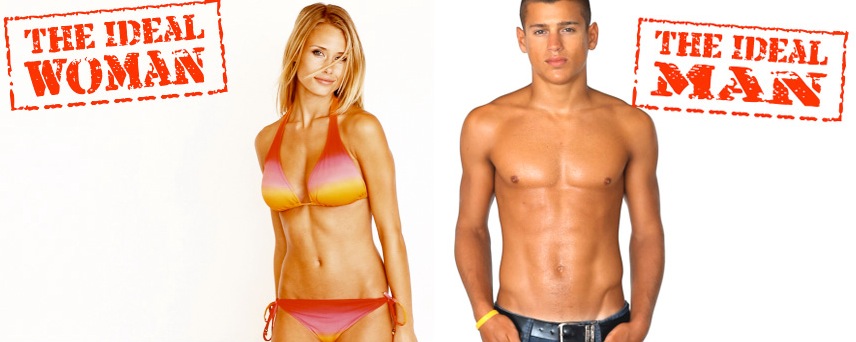For my final blog I am going to sum up a few major points I took away from the semester. The main points that stood out to me were how attitudes, lifestyles, personality, and culture all affect consumer behavior.
Attitudes: "lasting, general evaluation of people, objects, advertisements, or issues" (Solomon, pg. 249). A consumer makes decisions by their attitude. When a consumer has a bad attitude they are most likely going to just go buy what they need from the store. If a consumer has a good attitude they would most likely shop around and buy items they do not necessarily need. Consumers choose certain products due their attitude toward certain products. The consumer shown below will make her decision on what product to buy due to her attitude or preference toward a brand.
Lifestyles: "defines a pattern of consumption that reflects a person's choices of how to spend her time and money" (Solomon, pg. 469). If a person has a more outdoorsy lifestyle they will follow more ads from stores such as REI. This REI ad lets customers know their store will have the gear needed for a customer to take an adventure, such as one up a mountain.
Personality: "a person's unique psychological makeup and how it consistently influences the way a person responds to her environment" (Solomon, pg. 213). A consumer who has a personality of partying is more than likely to respond to alcoholic ads. A consumer who has a serious/business personality is more than likely to respond to business ads. The Absolut ad below is targeted toward the party personality, whereas the briefcase ad is targeted toward the serious/business personality.
Culture: "a society's personality. It includes both abstract ideas, such as values and ethics, and material objects and services, such as the automobiles, clothing, food, art, and sports a society procedures" (Solomon, pg. 525). The Mexican culture tends to eat more mexican food than any other culture, whereas the American culture tends to much on burgers and fires a lot more. When a consumer sees the first picture below they relate it to the Mexican culture, whereas when a consumer sees the second picture they relate it to the American culture.
Overall, there are a lot of factors that determine a consumers behavior. The main ones that stood out to me throughout the course were how attitudes, lifestyles, personality, and culture all affect consumer behavior. A consumer does not make a decision "just because", there is always a reason behind the decision made.












































